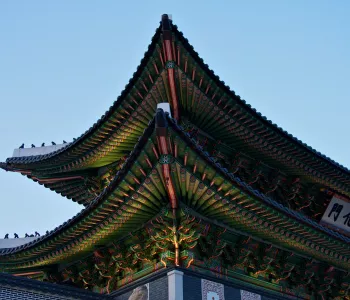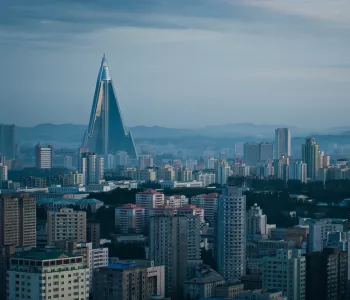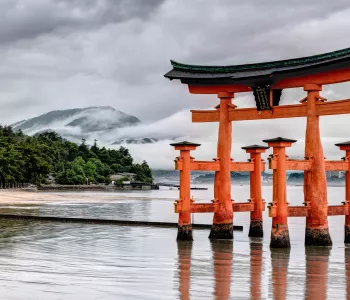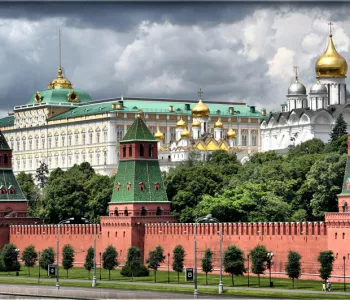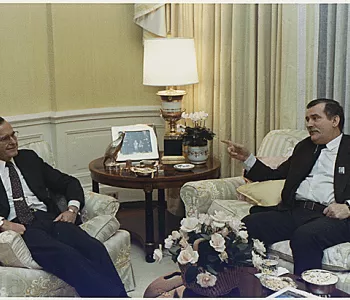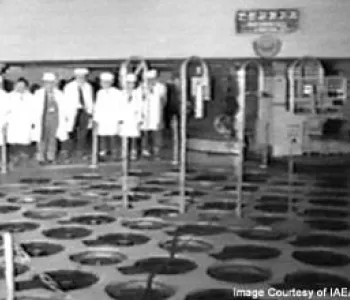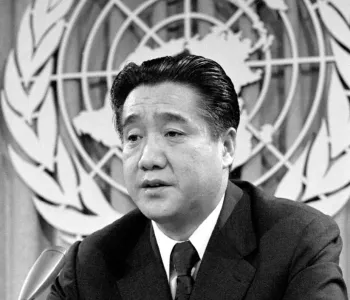d'Vinci

Kim Young-sam 1927- 2015
President of the Republic of Korea (ROK) from 1993 to 1998.

KIM YOUNG-SAM (1927-). President of the Republic of Korea (ROK) from 1993 to 1998. Kim Young-sam was born in Pusan and, after graduating from university in 1951, spent most of his career as an opposition politician. He was first elected to the ROK National Assembly in 1954. When General Chun Doo-hwan seized power in 1979, Kim was one of those placed under a political ban. He resumed active politics in 1984. For a time, he was allied with Kim Dae-jung, another prominent opposition politician, in the Council for the Promotion of Democracy and later in the New Korean Democratic Party. In 1987, Kim Young-sam established a separate party, the Reunification Democratic Party, and stood as its candidate in that year's presidential elections. He was unsuccessful, but relations between him and Kim Dae-jung remained distant. In 1990, his party merged with the Democratic Justice Party of President Roh Tae-woo, Chun's successor, and a smaller party to form the Democratic Liberal Party, for whom he became a presidential candidate in 1992. He was the first civilian to be elected president since 1960.
In 1989, Kim visited the Soviet Union, a move that helped Roh Tae-woo's policy of Nordpolitik, or building links with socialist countries, a process that was largely complete by the time of Kim's election. It had been expected that the election of a nonmilitary president would improve relations with the Democratic People's Republic of Korea (DPRK), but the continued crisis over the DPRK's nuclear program cast a long shadow over the presidency. Kim was concerned at the willingness of the United States to negotiate directly with the DPRK on the nuclear issue, often with little or no consultation with the ROK. His own policy toward the DPRK seemed sometimes positive and sometimes negative, but he eventually agreed in 1994 to hold a summit meeting in the DPRK capital city of Pyongyang with DPRK President Kim Il Sung. When the latter died just before the meeting, Kim declined to send any message of condolence, unlike U.S. President Bill Clinton. The resulting DPRK hostile reaction to what it considered an insult persisted while Kim remained in office.
In his last year in office, Kim spent much effort in a failed effort to prevent Kim Dae-jung from succeeding him. In retirement, he was critical of the "Sunshine Policy."
All rights reserved. No portion of this publication may be reproduced, stored in a retrieval system, or transmitted in any form by any means, electronic, mechanical, photocopying, recording or otherwise without the prior written permission of the publisher. (Historical Dictionary of the Democratic People's Republic of Korea, by James E. Hoare, published by RLPG Books, appears by permission of the author and publisher).
In 1989, Kim visited the Soviet Union, a move that helped Roh Tae-woo's policy of Nordpolitik, or building links with socialist countries, a process that was largely complete by the time of Kim's election. It had been expected that the election of a nonmilitary president would improve relations with the Democratic People's Republic of Korea (DPRK), but the continued crisis over the DPRK's nuclear program cast a long shadow over the presidency. Kim was concerned at the willingness of the United States to negotiate directly with the DPRK on the nuclear issue, often with little or no consultation with the ROK. His own policy toward the DPRK seemed sometimes positive and sometimes negative, but he eventually agreed in 1994 to hold a summit meeting in the DPRK capital city of Pyongyang with DPRK President Kim Il Sung. When the latter died just before the meeting, Kim declined to send any message of condolence, unlike U.S. President Bill Clinton. The resulting DPRK hostile reaction to what it considered an insult persisted while Kim remained in office.
In his last year in office, Kim spent much effort in a failed effort to prevent Kim Dae-jung from succeeding him. In retirement, he was critical of the "Sunshine Policy."
All rights reserved. No portion of this publication may be reproduced, stored in a retrieval system, or transmitted in any form by any means, electronic, mechanical, photocopying, recording or otherwise without the prior written permission of the publisher. (Historical Dictionary of the Democratic People's Republic of Korea, by James E. Hoare, published by RLPG Books, appears by permission of the author and publisher).

